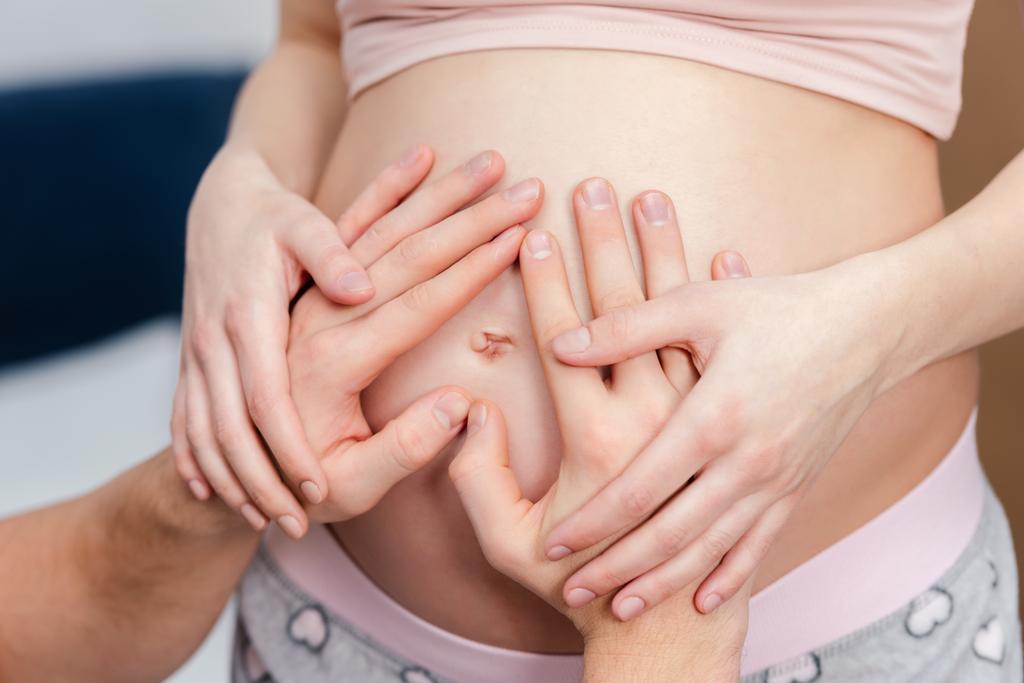Understanding Fibroids: Navigating a Common Women’s Health Concern
Fibroids are common, non-cancerous growths that develop in the walls of the uterus. While these growths are generally benign, they can impact a woman’s health and well-being. Exploring the basics of fibroids in simple terms helps shed light on this prevalent women’s health issue.
What are fibroids?
Fibroids, also known as uterine fibroids or leiomyomas, are abnormal growths that form in the muscular walls of the uterus. They are made up of muscle cells and other tissues, and their sizes can range from tiny, resembling seeds, to large masses that can distort the shape of the uterus.
Who Gets Fibroids?
Fibroids are surprisingly common, and many women may have them without even realizing it. They often develop during a woman’s childbearing years, and certain factors, such as family history and hormonal imbalances, may increase the likelihood of their occurrence.
What causes fibroids?
The exact cause of fibroids remains unclear, but hormonal and genetic factors are believed to play significant roles. Estrogen and progesterone, hormones that regulate the menstrual cycle, seem to stimulate the growth of fibroids. Additionally, a family history of fibroids may increase an individual’s susceptibility.
Types of Fibroids
There are different types of fibroids, classified based on their location within the uterus:
- Intramural Fibroids: These grow within the muscular uterine wall and are the most common type.
- Subserosal Fibroids: Found on the outer surface of the uterus, these can grow large and press on nearby organs.
- Submucosal Fibroids: These develop just beneath the lining of the uterine cavity and can cause significant menstrual bleeding and fertility issues.
- Pedunculated Fibroids: Attached to the uterus by a stalk, these can grow either on the inside or outside of the uterine wall.
Symptoms of Fibroids
Many women with fibroids don’t experience any noticeable symptoms. However, when symptoms do occur, they may include:
- Menstrual changes: Longer or heavier periods, sometimes with clots.
- Pelvic pain or pressure: A feeling of fullness or discomfort in the lower abdomen.
- Frequent urination: Enlarged fibroids can press against the bladder.
- Backache or leg pains: Pressure on nerves in the back or pelvis.
Diagnosis and Treatment
If a woman experiences symptoms or if fibroids are suspected, a healthcare provider may conduct various tests, such as ultrasounds or MRI scans, to confirm the diagnosis. Treatment options depend on the severity of symptoms and the individual’s health goals:
- Watchful Waiting: If the fibroids are small and not causing symptoms, a healthcare provider might recommend monitoring without immediate intervention.
- Medications: Hormonal medications may be prescribed to regulate the menstrual cycle and manage symptoms.
- Non-Invasive Procedures: Certain procedures, such as uterine artery embolization, use specialized techniques to shrink fibroids without surgery.
- Surgery: In more severe cases or when fertility is a concern, surgical options like myomectomy (removing the fibroids) or hysterectomy (removing the uterus) may be considered.
Living with Fibroids
For many women, fibroids are a manageable part of life. Lifestyle changes, including maintaining a healthy diet and regular exercise, can contribute to overall well-being. Seeking support from healthcare professionals and connecting with others who have experienced similar challenges can also provide valuable insights and encouragement.
Conclusion
Understanding fibroids is crucial for women’s health. While they are a common occurrence, awareness of symptoms, timely diagnosis, and appropriate management can make a significant difference in ensuring a woman’s overall health and quality of life. Seeking guidance from health care providers and fostering open conversations about women’s health issues contribute to a holistic approach to managing fibroids.













